Nobody likes to pay extra, especially when it comes to taxes. On Tax Day in the United States, we wanted to highlight two hidden (and one of the well-known) taxes that most organizations pay when they buy hyperconverged hardware appliances.
Hyperconverged infrastructure has traditionally been delivered as an appliance, with software and server hardware bundled and sold together. These appliances are essentially “black boxes” that come in preset configurations, so you can’t add, upgrade or remove capacity. The appliance approach is attractive since it’s easy to order and deploy. To expand infrastructure, you simply buy more appliances as compute or storage needs grow.
Unfortunately, most people are unaware of hidden “taxes” that they will have to pay later when they need to add capacity or refresh their hardware. If you are evaluating hyperconverged solutions, make sure you understand your future hyperconverged appliance “tax consequences”.
Refresh Tax
Remember that appliances are black boxes that you cannot change, or even do something as simple as transfer a software license. When you purchase an appliance, the hyperconvergence software license is also tied to the server hardware. You cannot remove that software license from your existing appliance and use it with new hardware when you refresh your servers. You have to buy a new appliance, which includes a built-in fee for the software (that you already bought the first time around). This now happens every three years with servers instead of every five years with a traditional storage array – meaning that in a 10-year span, you will pay for the hyperconverged software license three times.
If at this point, the hyperconvergence solution vendor starts to talk with you about software instead of appliances, make sure that you can choose to pay for the software only once and aren’t forced into a term or subscription license. That’s just as bad or worse than the refresh tax. With Maxta (and other true software vendors), you can purchase a perpetual hyperconvergence software license and own that license in perpetuity. You can refresh server hardware as many times as you want and still only pay for the software one time.
Upgrade Tax
Just as you can’t take anything from a “black box” appliance (such as a software license), you can’t add anything to an appliance (such as drives). With an hyperconverged appliance model, you either need to pay for extra capacity upfront or add capacity by adding appliances. We call that an “Upgrade Tax”.
Wouldn’t it be nice to purchase the capacity you need now and then just add in some drives or replace smaller drives with larger drives when you need to increase capacity? With Maxta (and once again other true software vendors), you can increase capacity by adding drives, replacing drives, or of course adding servers.
VMware Tax
While not limited to just hyperconverged appliances, many organizations are looking for “tax relief” from the cost of VMware licenses – the “VMware tax.” Some hyperconverged appliances have developed their own proprietary hypervisor to help organizations avoid the VMware Tax. Unfortunately, these proprietary hypervisors are not supported by Red Hat Enterprise Linux, which makes up almost 70% of the Linux market. Good luck getting support for Red Hat Enterprise Linux when running on any other hypervisor.
Maxta is the only hyperconverged solution that provides support for both VMware and Red Hat Virtualization, and gives customers that want to avoid the VMware Tax the ability to migrate from VMware to Red Hat.
Celebrate the end of this tax season by creating your own tax holiday with a software-based approach to hyperconverged infrastructure that doesn’t force you to pay extra for refreshes, upgrades, or hypervisors.
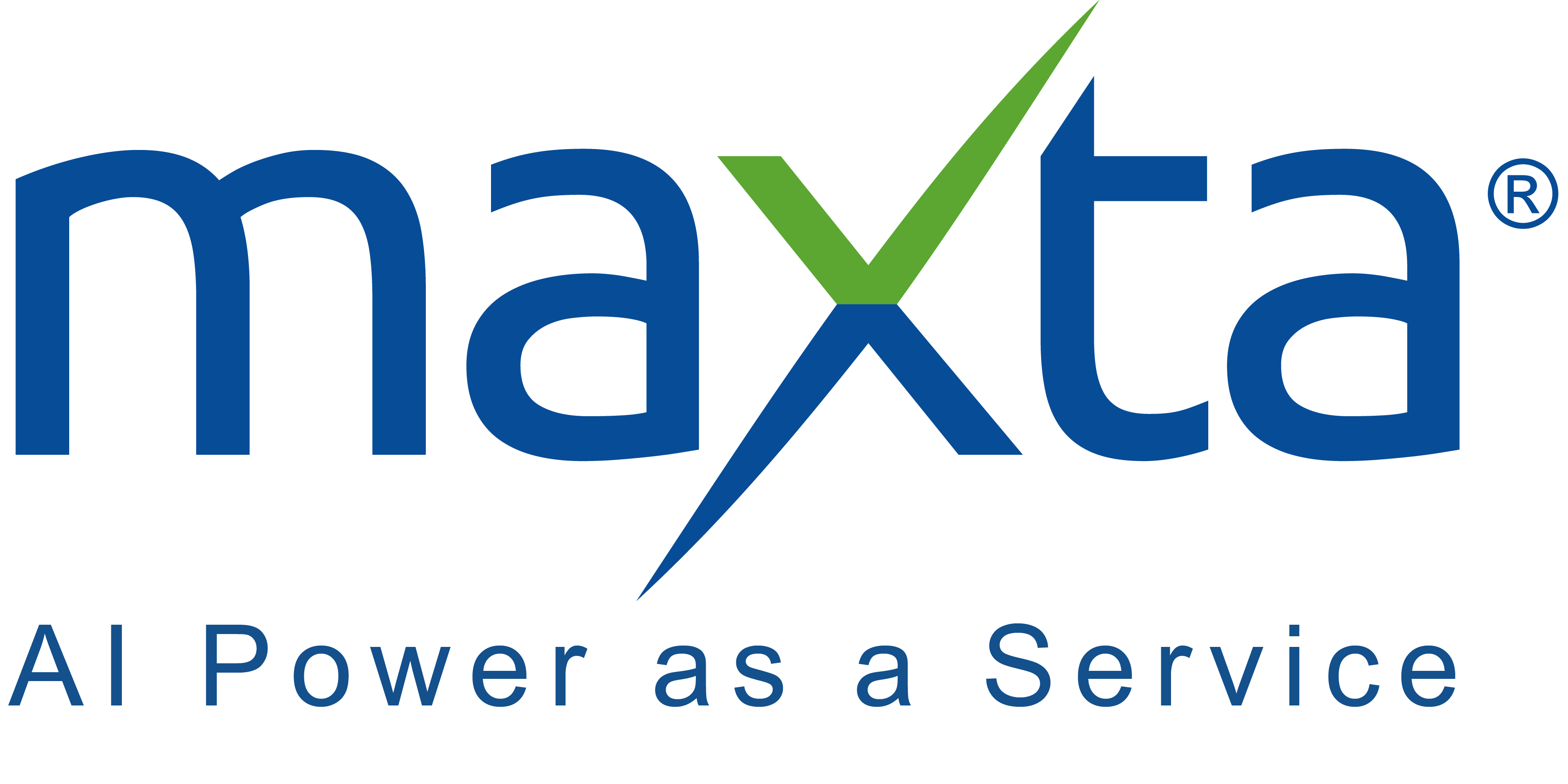
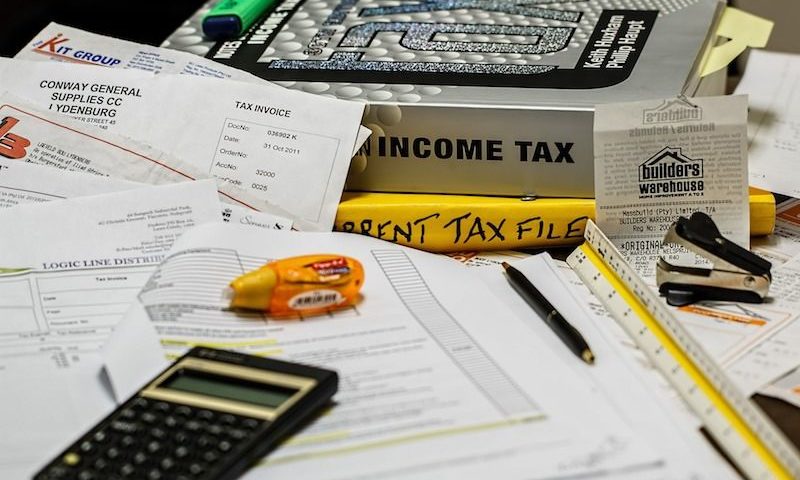
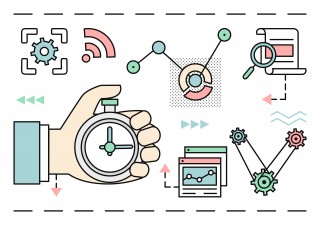
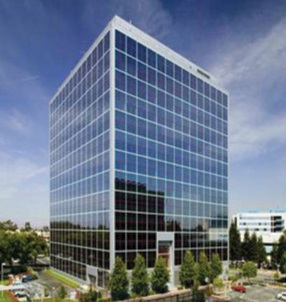 Maxta Introduces VMware Escape Pod
Maxta Introduces VMware Escape Pod


